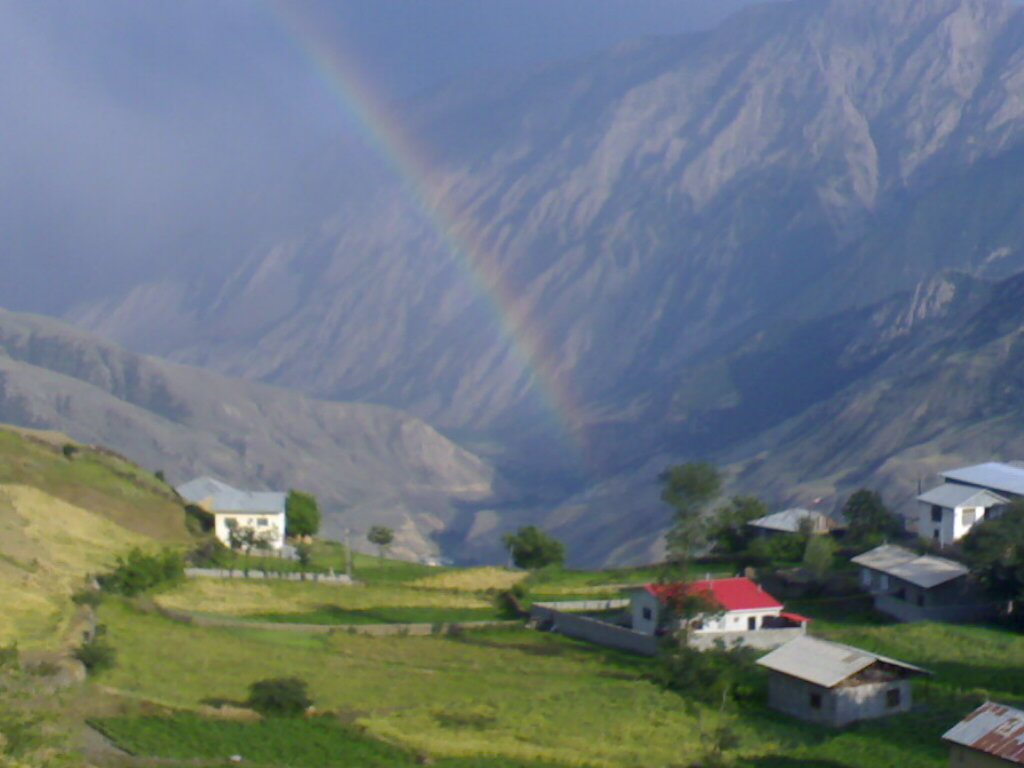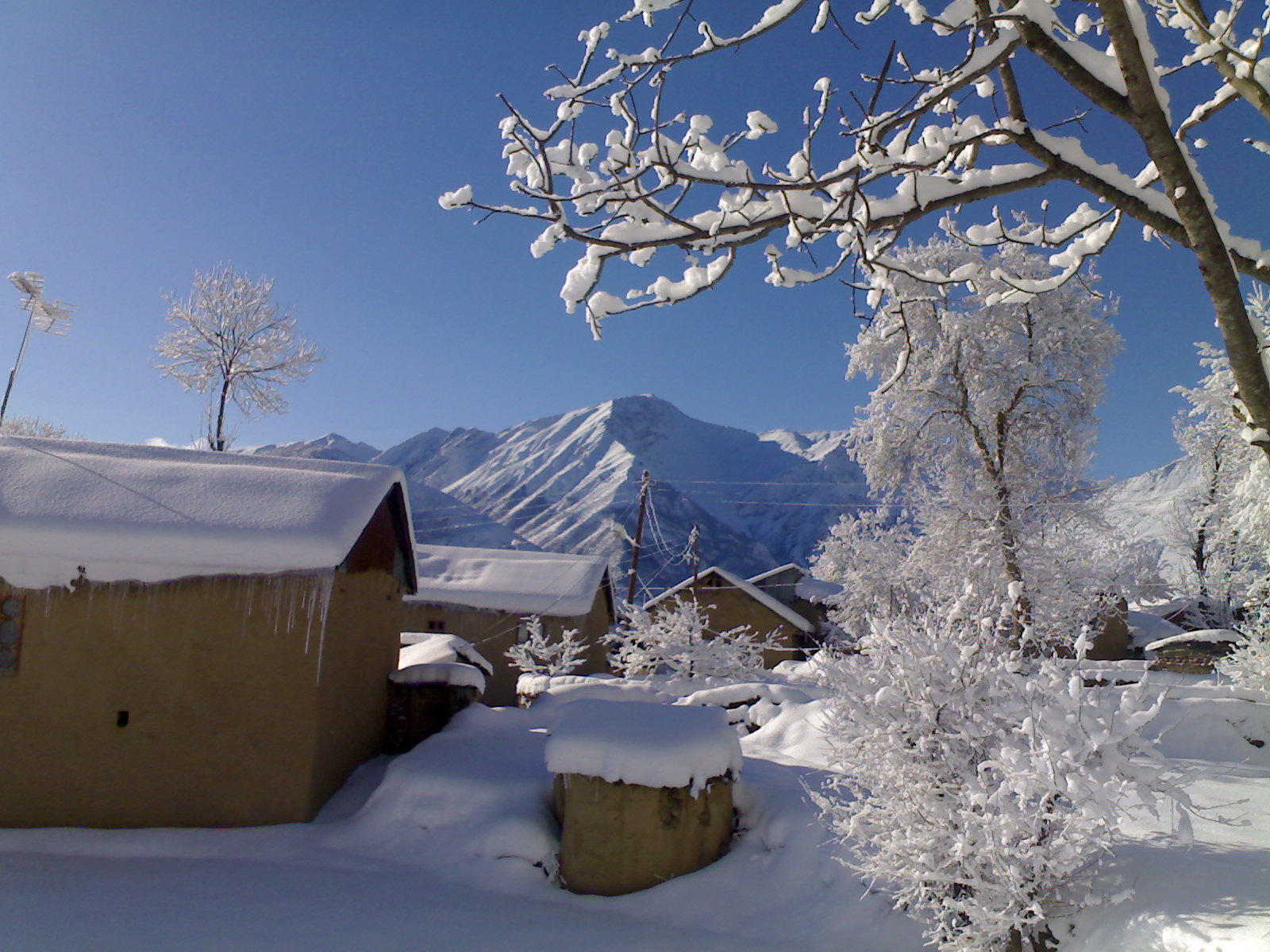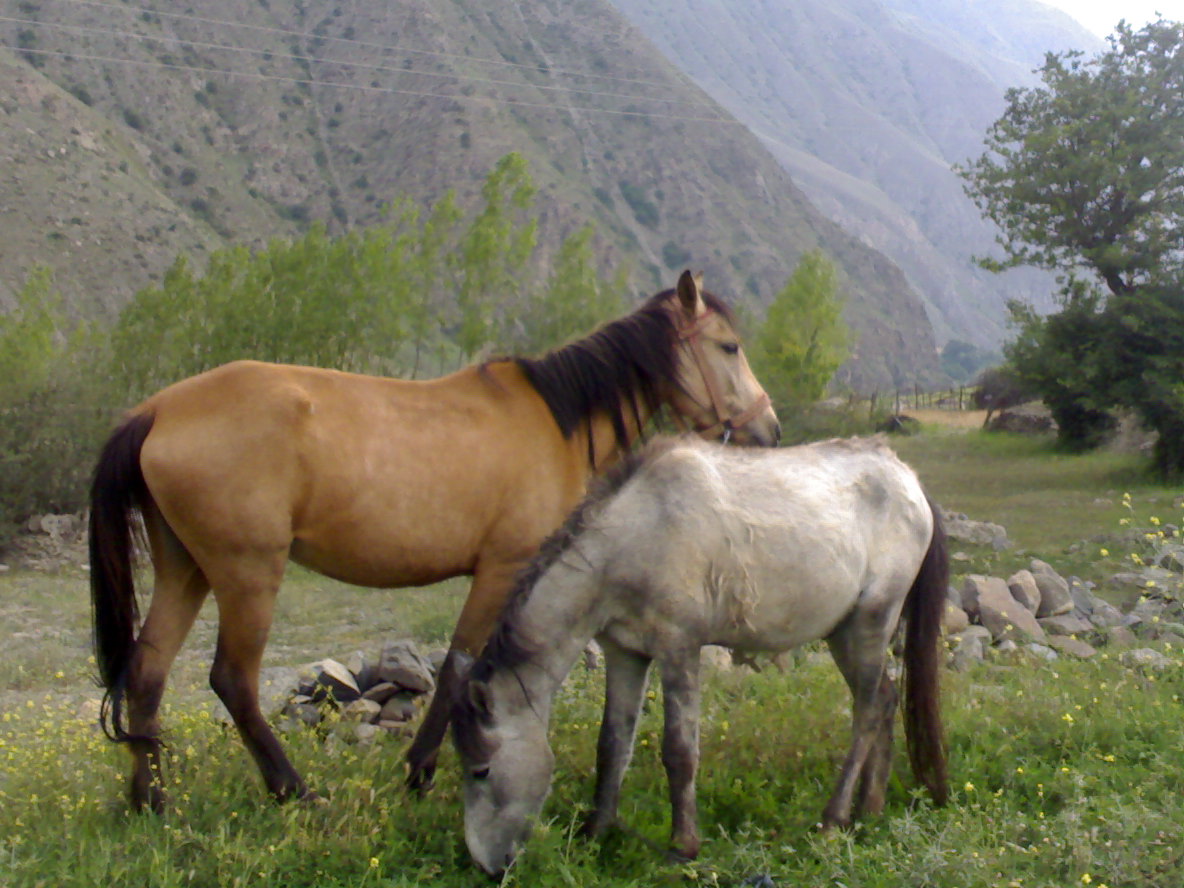Korsi Iran: Timeless Warmth And Cultural Heartbeat
Imagine a cold winter night in an Iranian village, where the whole family gathers under a warm, cozy korsi. This traditional heated table isn’t just about physical warmth; it's a profound symbol of togetherness, heritage, and well-being that has warmed Iranian homes and hearts for centuries. The korsi, or korsí (Persian: کرسی), is a low table with a heater underneath, covered by large, thick blankets, creating an inviting haven for families and friends. It is a quintessential item of furniture in Iranian culture, deeply intertwined with daily life, social rituals, and even traditional health practices.
More than just a piece of furniture, the korsi embodies a way of life, fostering intimate connections and preserving ancient customs. It transforms a simple room into a vibrant hub of activity, where stories are shared, hot drinks are savored, and the bonds of family are strengthened. This article delves into the rich history, cultural significance, practical benefits, and enduring legacy of the korsi, exploring why this unique Iranian tradition continues to hold a special place in the hearts of many.
Table of Contents
- The Essence of Korsi Iran: A Traditional Embrace
- A Journey Through Time: The History of Korsi
- The Korsi as a Cultural Nexus
- Health Benefits According to Iranian Traditional Medicine
- The Simplicity of Its Design and Evolution
- Korsi in Modern Iran: A Changing Landscape
- Global Parallels: The Korsi and Its Cousins
- Preserving the Legacy of Korsi Iran
The Essence of Korsi Iran: A Traditional Embrace
The korsi is more than just a heated table; it is a fundamental element of Iranian comfort and hospitality, particularly during the colder months. At its core, a korsi is a type of low table, typically square, with a heating element positioned directly underneath. This heating element was traditionally a brazier (a "mangal") filled with hot coals, though in modern times, electric heaters have largely replaced the open coals for safety and convenience. Over this table, a large, thick comforter or quilt is draped, extending to the floor to trap the warmth effectively. Around the korsi, narrow mattresses and comfortable backrests are arranged, inviting family members and guests to sit or even sleep in its comforting embrace. This simple yet ingenious design creates a pocket of warmth, drawing everyone closer, both physically and emotionally. The very act of gathering around a korsi signifies warmth, security, and belonging, making it an indispensable part of the Iranian home.A Journey Through Time: The History of Korsi
The use of the korsi dates back centuries in Iran, a testament to its enduring practicality and cultural resonance. In ancient times, when modern heating systems were nonexistent, the korsi served as the primary source of warmth for households during harsh winters. Its design evolved from simple, functional necessity into a cherished tradition. Historical records and old photographs, such as those taken by Sevruguin more than a century ago depicting Iranian tribal women and children gathered around a korsi, underscore its long-standing presence in Persian life. These images provide a glimpse into a past where the korsi was not merely furniture but the heart of the home, a place where generations convened, shared meals, and found solace from the biting cold. The korsi's longevity speaks volumes about its effectiveness and its deep roots in Iranian social fabric, establishing it as an iranian national heritage. Its presence in institutions like the Nain Anthropology Museum further solidifies its historical and cultural importance, showcasing it as a significant artifact of Persian life.The Korsi as a Cultural Nexus
The korsi is intrinsically linked to Iranian social life, serving as a focal point for family gatherings, celebrations, and daily interactions. It fosters an atmosphere of intimacy and conviviality that is central to Iranian culture. Family members sit on the floor around the korsi during meals and special events, creating a communal space where conversations flow freely, and bonds are reinforced. This communal aspect is a cornerstone of its cultural significance, making the korsi much more than just a heating device.Yalda Night and Nowruz Celebrations
The korsi truly shines during national festivals, intertwining with some of Iran's most beloved traditions. Yalda Night, the longest night of the year, is perhaps the most iconic occasion for the korsi. On this ancient Persian celebration, families gather around the korsi, staying up late, reading poetry (especially from Hafez), telling stories, eating special fruits like watermelon and pomegranates, and enjoying each other's company. The warmth of the korsi complements the warmth of familial love, making Yalda an unforgettable experience. Similarly, during Nowruz, the Iranian New Year, the korsi often remains a central gathering point, symbolizing continuity, warmth, and the renewal of family ties. These festive occasions highlight the korsi's role not just as a source of heat but as a facilitator of cultural rituals and collective memory.Family Gatherings and Storytelling
Beyond grand festivals, the korsi is a daily fixture for fostering togetherness. It creates a cozy atmosphere perfect for socializing and enjoying hot drinks. Grandparents share tales of old with eager grandchildren, parents discuss the day's events, and friends engage in lively conversations. The physical proximity under the shared blanket encourages a sense of unity and shared experience. It's a place where children do their homework, where tea is sipped slowly, and where the simple act of being together becomes a cherished ritual. This unique setup allows for prolonged, comfortable interaction, distinguishing the korsi from other forms of heating.Health Benefits According to Iranian Traditional Medicine
Interestingly, the korsi is not only valued for its social and cultural functions but also for its perceived health benefits, particularly within the framework of Iranian traditional medicine. This ancient medical system views the body's balance as crucial for health, and the korsi plays a role in maintaining this balance, especially in relation to body temperature and circulation.Relieving Anemia and Improving Circulation
According to Iranian traditional medicine, the korsi is beneficial for conditions like anemia. It is believed that lying your feet beneath the korsi significantly improves blood circulation. The gradual warming of the lower part of the body, where "cold blood" (often associated with phlegm and soda, or humors in traditional medicine) tends to accumulate, is thought to activate these stagnant elements. By warming the lower extremities, the korsi helps these "cold bloods" to circulate throughout the body, preventing their accumulation and potential adverse effects. This improved circulation is seen as a vital step towards better overall health and vitality.Detoxification and Pain Relief
Beyond circulation, traditional Iranian medicine also attributes detoxifying properties to the korsi. The gentle, consistent heat is believed to aid in the body's natural detoxification processes. Furthermore, the korsi is often recommended for treating various pains, particularly those affecting the knees and discs. The gradual warmth provided to the lower body, especially the legs and feet, has a great influence on relieving discomfort and stiffness in these areas. It's thought to soothe aches and promote relaxation, making it a natural remedy for chronic pains in the traditional context. The philosophy is that by keeping the body warm from below, where coldness often settles, one can prevent and alleviate various ailments, including serious conditions like diabetes ulcers, which traditional medicine might link to poor circulation and cold stagnation.The Simplicity of Its Design and Evolution
One of the remarkable aspects of the korsi is its incredible simplicity and adaptability. At its most basic, it is simply made from a short, square table covered with a large comforter or thick blanket. This straightforward design made it accessible to virtually every household, regardless of economic status. In the old times, before the advent of electricity, the heating element was typically a brazier containing hot coals, placed safely beneath the table. Narrow mattresses and backrests were then placed around it for comfort, allowing people to sit or even sleep under the warm blanket. With the advent of modern technology, the korsi has evolved. While the traditional coal brazier is still used in some rural areas, many urban homes now utilize electric heaters placed under the table. This modernization has made the korsi safer and more convenient, eliminating the need for constant coal management and ventilation concerns. Despite these changes in heating methods, the core concept and cultural significance of the korsi remain unchanged, demonstrating its timeless appeal and ability to adapt to new technologies while retaining its traditional essence.Korsi in Modern Iran: A Changing Landscape
While the korsi remains a beloved symbol of Iranian culture, its presence in everyday homes has shifted with changing lifestyles. In many modern Iranian households, especially in urban centers, central heating systems have become commonplace. This has led to the korsi being less of a daily necessity and more of a seasonal or nostalgic item. With the change of lifestyle, korsi is not a primary houseware anymore for everyone. However, its cultural importance endures. Many families still bring out their korsi during the coldest months, particularly for special occasions like Yalda Night or when hosting family gatherings. It serves as a tangible link to the past, a way to connect with ancestral traditions and create a unique, cozy atmosphere that central heating cannot replicate. For many, the korsi represents a cherished memory of childhood, a symbol of family unity and the simple joys of winter. Its continued presence, even if seasonal, underscores its deep cultural resonance and its role as a reminder of Iranian heritage.Global Parallels: The Korsi and Its Cousins
The concept of a heated table for communal warmth is not unique to Iran. Comparing this kind of heating system in Iranian culture with other cultures reveals that similar devices are also utilized in different corners of the world. The most well-known parallel is the Japanese kotatsu. Similar to the korsi, the kotatsu is a low table with a heater underneath and blankets thrown on top to trap the heat. Families in Japan gather around the kotatsu for meals, relaxation, and socializing, much like their Iranian counterparts with the korsi. This similarity highlights a universal human need for warmth, comfort, and togetherness during cold seasons. While the specific designs and cultural contexts may differ, the underlying principle of creating a shared, heated space for family and community remains consistent. This cross-cultural phenomenon underscores the ingenuity of traditional heating methods and their role in fostering social cohesion, making the korsi a fascinating example of human adaptation and cultural expression.Preserving the Legacy of Korsi Iran
The korsi is more than just a piece of furniture; it is a living tradition, a warm embrace that connects generations and embodies the spirit of Iranian hospitality. From its ancient origins as a vital heating source to its modern role as a symbol of cultural identity, the korsi has adapted while retaining its core essence. It continues to offer not only physical warmth but also a cozy atmosphere for socializing, enjoying hot drinks, and sharing stories, reinforcing family bonds and community ties. Its purported health benefits, as understood in Iranian traditional medicine, add another layer to its significance, making it a holistic comfort item. As we navigate an increasingly modernized world, the korsi stands as a beautiful reminder of the value of simplicity, tradition, and human connection. It invites us to slow down, gather with loved ones, and savor the simple pleasures of warmth and companionship. Whether you call it "korsi" or "کرسی", this Iranian national heritage continues to weave its magic, bringing warmth and togetherness on cold winter nights in Iran. What are your thoughts on this unique tradition? Have you ever experienced the warmth of a korsi, or do you have similar traditions in your culture? Share your experiences and insights in the comments below, and don't forget to explore more articles on our site about fascinating cultural traditions from around the world!
Korsi village

Korsi village

Korsi village